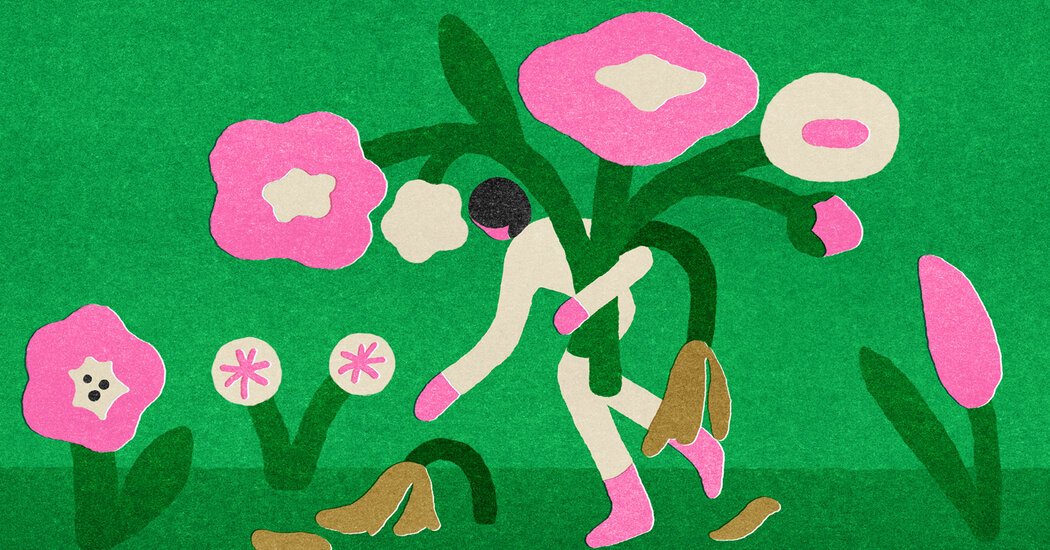3 Ways to Change Your Mood
So instead of saying “I’m stressed out,” which may cause your heart to race, tell yourself “you’re stressed out,” he said. This casts you in the role of “someone else,” and may help you feel more compassion and empathy.
“This slightly weird, seemingly tiny linguistic shift is consequential,” he writes.
Your senses are an emotional superpower.
Dr. Kross’s research has found that some of “the most effortless” tools that you can use to shift your emotions are sight, smell, touch, hearing and taste.
Our brains respond almost instantly to sensory experiences — and we can use our senses as “emotional levers” to change our mood, Dr. Kross said. He calls our sense of touch, for example, a “neural bullet train.” When touch is “affectionate, but not creepy,” he said, it swiftly activates a positive, mood-enhancing response.
If, for example, you’re feeling upset after a bad day, getting a hug or patting a dog can reduce levels of the stress hormone cortisol. And research suggests sniffing a pleasant scent like coffee can reduce stress. So can viewing a photo of a nature scene.
You can also intentionally use music to regulate your emotions. Dr. Kross said that he now sees his car radio as an “emotion regulation machine” that provides infinite options to shift his mood. And he admitted that the playlist he assembled to get him revved up included the song “Don’t Stop Believin’,” by Journey.
When it comes to using these strategies, Dr. Kross cautioned that there’s no one-size-fits-all solution. “Different tools for different people in different situations,” he said. In his case, “a cheesy ’80s song is one of the tools I use,” he said: “Don’t judge.”



Post Comment